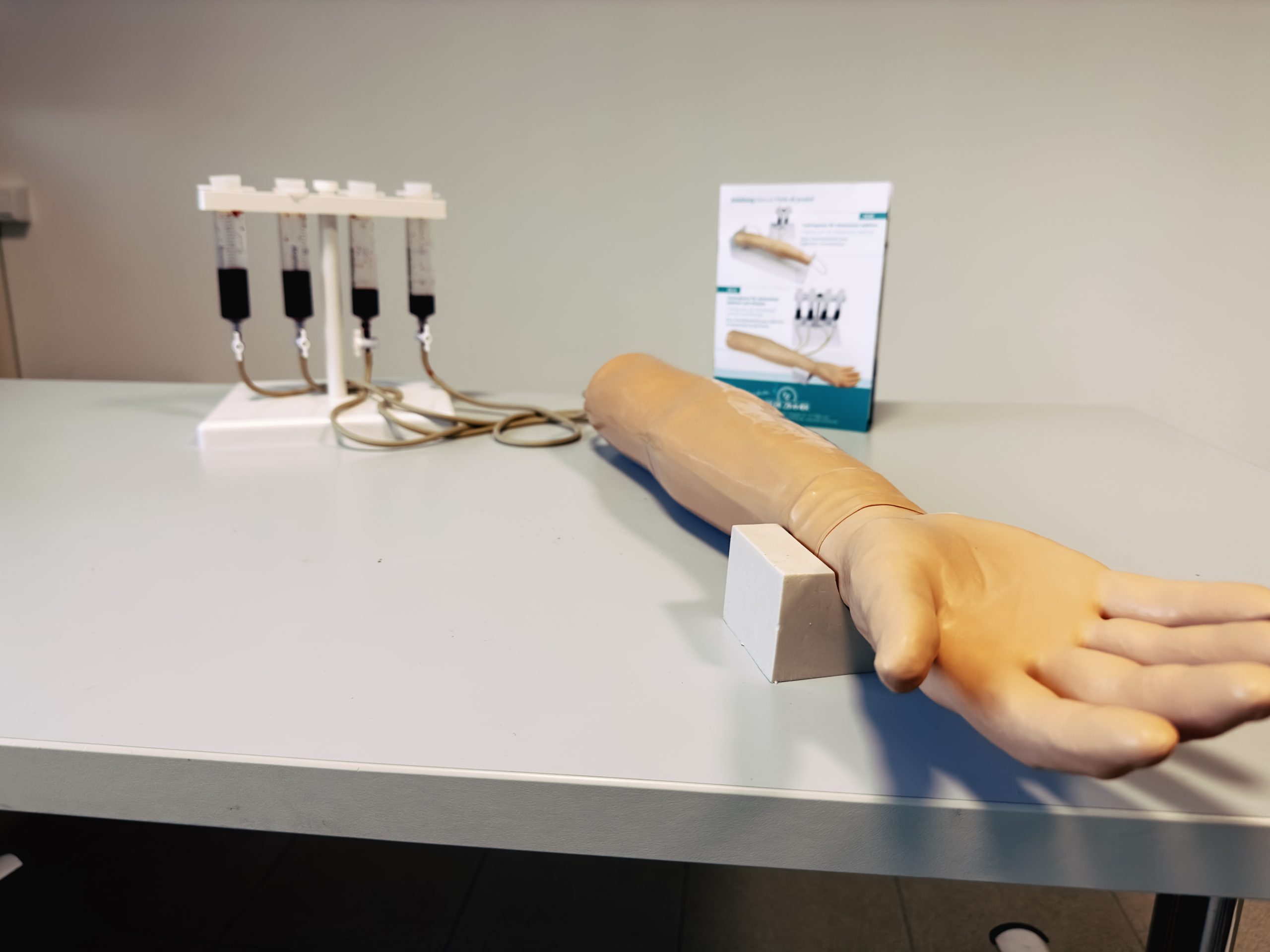Among the most used skill trainers in the medical and nursing fields we find the venipuncture arms. In this article the Simulation Technician talks about the sampling arm manufactured by Erler Zimmer.
The arms for venous sampling are among the most used skill trainers in the medical and nursing fields. They are, in fact, essential tools to train health professionals in the execution of this procedure. Therefore, it is important that the simulator is realistic. There are many models on the market that differ in construction, maintenance and in the way the blood is distributed.
In this article I will tell you about the blood sampling arm produced by Erler Zimmer.
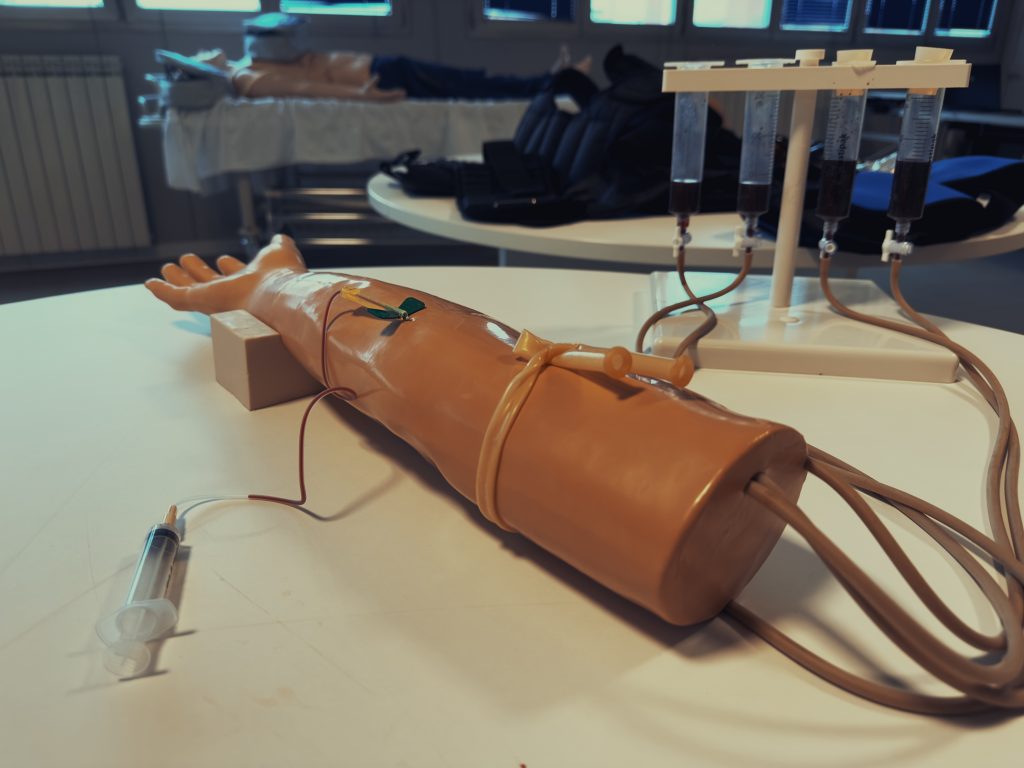
Packaging
The product comes with everything needed to carry out a complete simulation: in addition to the device, there are syringes that supply the arm with blood, with their own support and the blood itself. Inside the package used for the test there was no replacement of skin and veins.
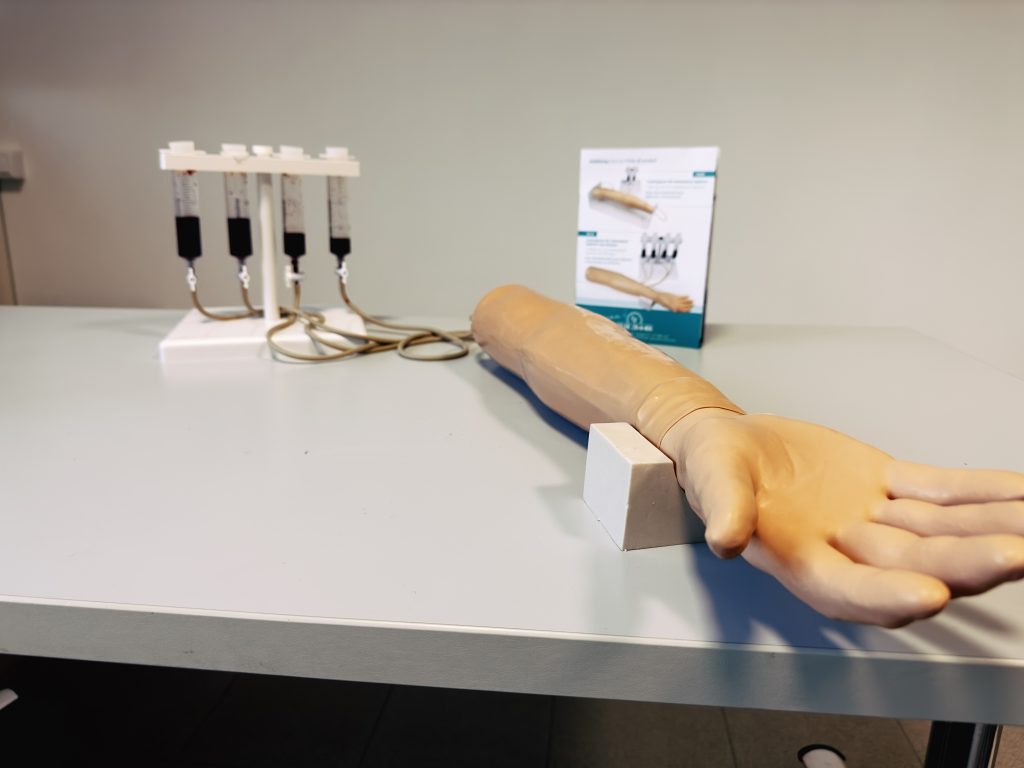
Simulator anatomy
The simulator is divided into two parts, the hand and then the arm and forearm. The length does not reach the shoulder but just above the elbow.
The size is below average and the skin is not opaque but shiny and thin.
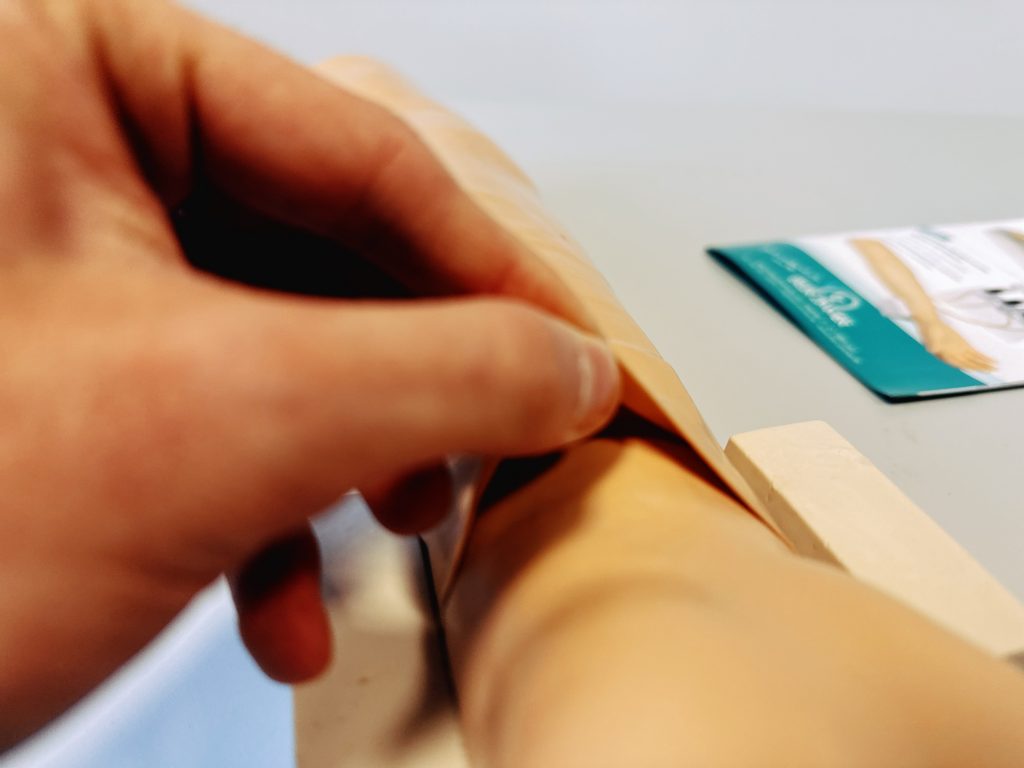
Operation
What characterizes all the basic sampling simulators is that the force of gravity is exploited to allow the blood to flow out and fill the veins of the arm: a normal bag of blood positioned over the arm fills the single vein present in the model. In the case of the Erler Zimmer task trainer, the operation is slightly different: instead of the blood bag there are 4 capped syringes that must be filled with blood (in the package) and there is not just one vein but 4, one per syringe, whose ends are equipped with a two-way tap. The blood has no exit point but remains inside the veins. This means that the blood poured into the syringes is not “wasted” but the flow can be reactivated after many samplings.
Syringe caps are not needed during simulation but during transport. Instead, all syringes must be uncapped to allow the arm to fill. Furthermore it is possible to close the flow with the two-way stopcock in the vein. If I had to make a change, I would raise the syringe housing a little more.
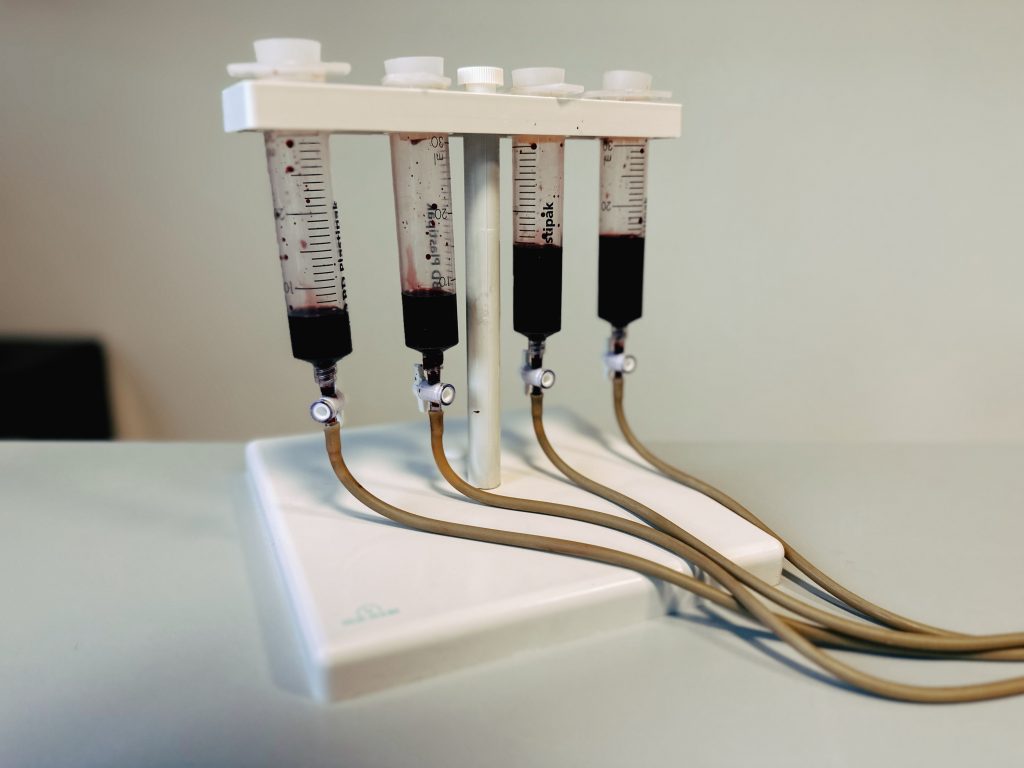
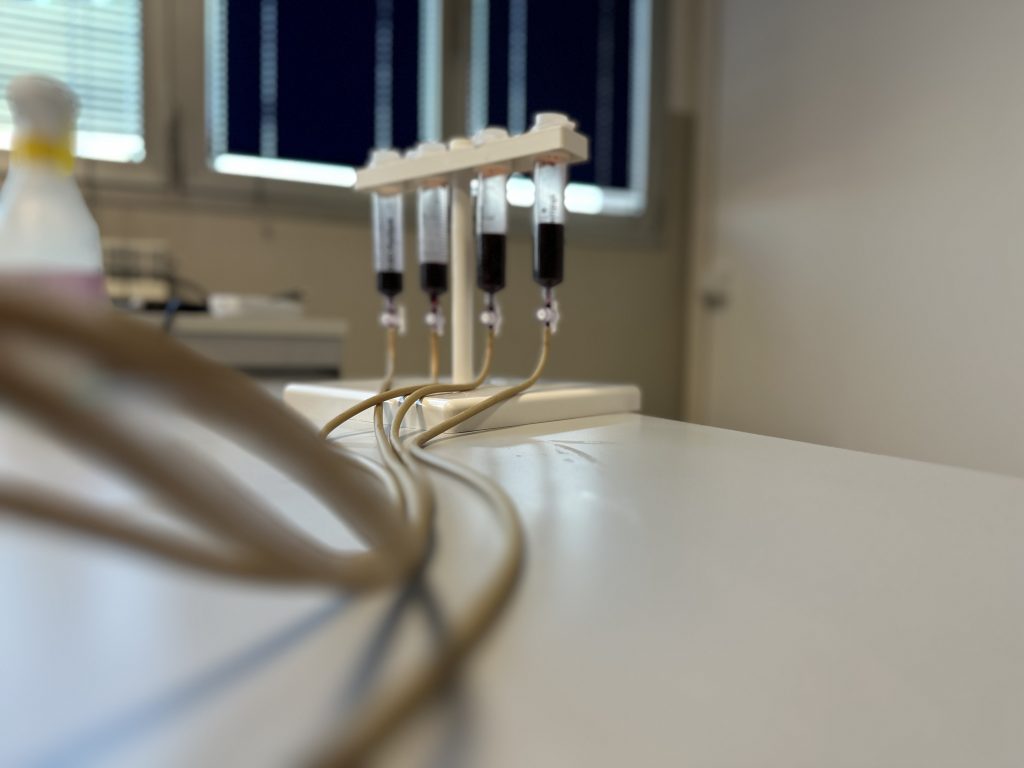
Final verdict
I state that I had several nurses try the arm and the common opinion is the simplicity of finding the veins and in the needle insertion feedback: it is well recognized when the needle is positioned correctly because you can feel its entry into the vein.
The only questionable feature is the type of silicone used for the skin, since, being shiny and thin, the injections tend to show through.

- Price in line with the features presented
- Ease of use and assembly
- Much simplified blood supply as well as skin replacement
- Small size but good realism

- Syringe holder rod for blood refill a little too short
- Very thin skin
Antonio Scalogna



